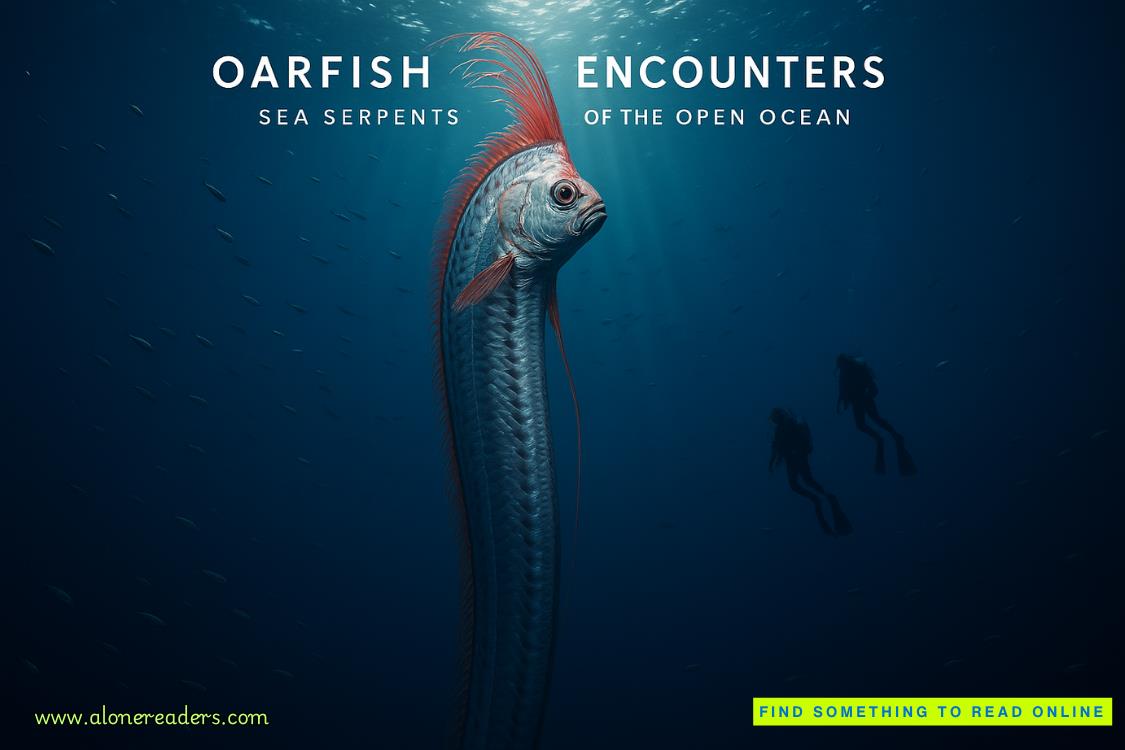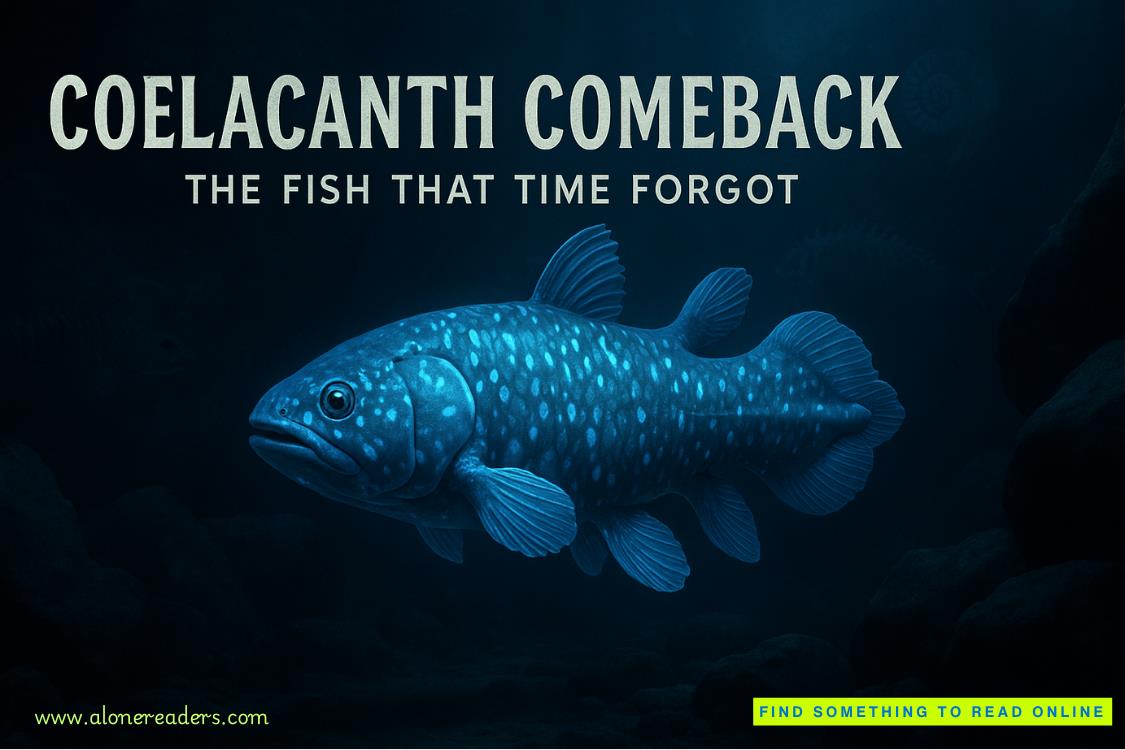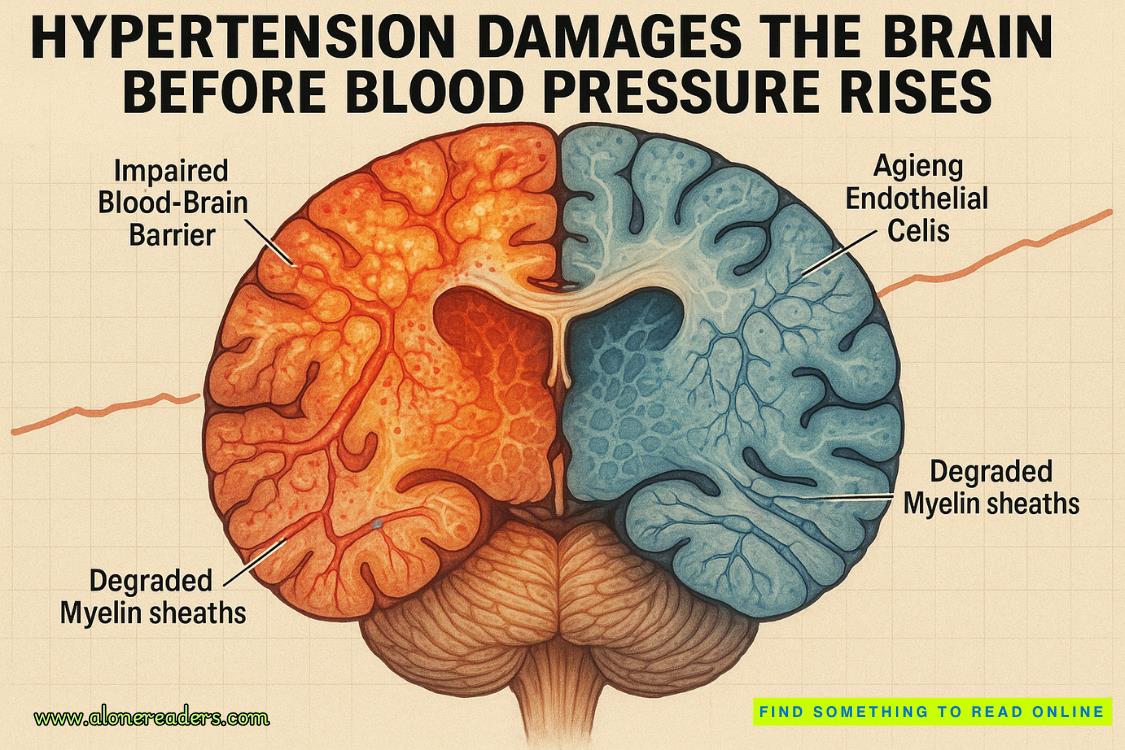Page 53 of The Russian (Michael Bennett 13)
I checked the apartment thoroughly but didn’t see anything that looked like it could be one of the counting messages Hollis and I were sure our killer had left at the other scenes. Marilyn Shaw would have been the fifth victim in New York, after Elaine. The super said nothing in the apartment had been touched, and I believed him, so I couldn’t attribute it to anything having been accidentally disturbed either.
I wandered over to inspect a huge array of framed photographs sitting on a shelf along one wall of the living room, all in artistically jumbled rows, with no obvious gaps visible. Marilyn Shaw appeared to have been a very pretty brunette who was present in most of the pictures, along with people I guessed were her parents, her friends, her siblings, and presumably a bunch of nephews. She looked like someone with no worries. These are the kinds of photos that make a homicide detective even more determined.
One photo in the back caught my attention. It was of Marilyn wearing a New York Giants jersey, standing in a sports bar with a TV playing a baseball game direc
tly behind her. A light-haired man was standing next to her, his arms wrapped around her and his smiling face half hidden by her shoulder.
I was surprised to recognize the bar—a place far from Staten Island, much closer to my place on the Upper West Side. It was a spot near Morningside Park on Manhattan Avenue. I used to take my kids there. They had decent food, but the real draw was their collection of old-fashioned games like Skee-Ball and pinball, which the kids loved.
I pulled out my smartphone and took a picture of Marilyn’s photo for my records. Who was the man with her in the picture? Why had this photo meant enough for her to print and frame it?
Something told me this could be important.
Chapter 65
I drove directly from the crime scene on Staten Island to Lila Stein’s apartment in SoHo. I’d called ahead, and Detective Dan Jackson was waiting in front of the Asian grocery store as I pulled up. The big detective was chatting amiably with a shorter man, the store owner.
Jackson introduced us. The man’s name was Tom, and he was a second-generation Chinese American with a little bit of a New Jersey accent he joked he’d picked up while in college at Rutgers. Tom was also the apartment manager, so he gave us a key. As on Staten Island, this apartment was still an active crime scene so had not been touched.
“You really think there’s a copycat?” Jackson asked me as we climbed the stairs.
“I wouldn’t be here talking to you if I didn’t.”
We ducked the crime-scene tape and entered the apartment. I went straight to the long library table in the main space that held Lila Stein’s personal mementos: a glass plaque she’d received for being court clerk of the year; a ceramic dog that looked like a niece or nephew had made it; and half a dozen framed photographs.
As at Marilyn’s apartment, I could find no evidence that any of Lila’s possessions had been grouped in any sort of deliberate way by her killer. I looked over the photographs on the table. I saw Lila and her parents, the older couple standing proudly on either side of their pretty daughter. Lila and her sorority sisters, all cheering for something together. Lila and the Eiffel Tower, the Grand Canyon, at the beach—all trips she’d taken. But when I spotted another photo in the back, I thought I was suffering déjà vu. I reached back and picked it up, immediately recognizing the background—and the man standing beside Lila, again with his arms around her, but turned in profile.
Jackson said, “Of all the photos, what’s so special about that one?”
I pointed at the photo, running my finger along the upper edge. “See all the NFL logos around the mirror? I know this place,” I said, explaining that it was a restaurant/sports bar uptown where I took my kids to play games. I took a photo of Lila’s picture, just as I had the one on Staten Island, then set the frame back down.
Jackson said, “You think it means something?”
“I’m working on a theory.” I didn’t fill Jackson in just yet, or tell him about the other photo I’d found at Marilyn’s place. I told him I might call him later.
Jackson slapped me on the back and said, “There’s nothing I would rather do on my twins’ birthday than follow you around on interviews. I’ll leave my phone on.”
Chapter 66
I wasted no time speeding uptown. Neither photograph seemed to have been taken very long ago. Maybe someone at the bar would remember seeing the same man there with two different women. You never knew until you asked.
I parked on the street. It was a little before noon, so when I went through the open door, the place was so empty I thought they might still be closed. Then the portly manager, whom I used to see all the time, wobbled into view from the kitchen.
He looked at me for a moment, then recognition dawned on him. A broad smile swept across his face. “Here by yourself? Where are all those beautiful kids of yours? I’m lucky I didn’t go bankrupt when you stopped coming by.” He let out a good cackle.
I approached him and stuck out my hand. As we shook, I said, “We’d still be coming, but you know how it goes—as they get older, there are more and more school and sports events we’ve got to go to.”
The manager grinned. “Maybe I can lure you back with a good hamburger for lunch.”
I started to shake my head.
The manager said, “Some homemade lemon chicken salad?”
“I’m actually not here to eat. You remember I’m with the NYPD, right?”
He nodded carefully. The kind of nod cops get from people who think they might be suspects and start doing a mental rewind of their recent past. That kind of self-censoring slows down investigations.
I eased his mind. “I’m looking into a pair of homicides. The one thing they had in common was a photograph taken at this bar.” I showed him both photos on my phone. “The same man appears in both of them, though it’s hard to get a good look at his face.”















